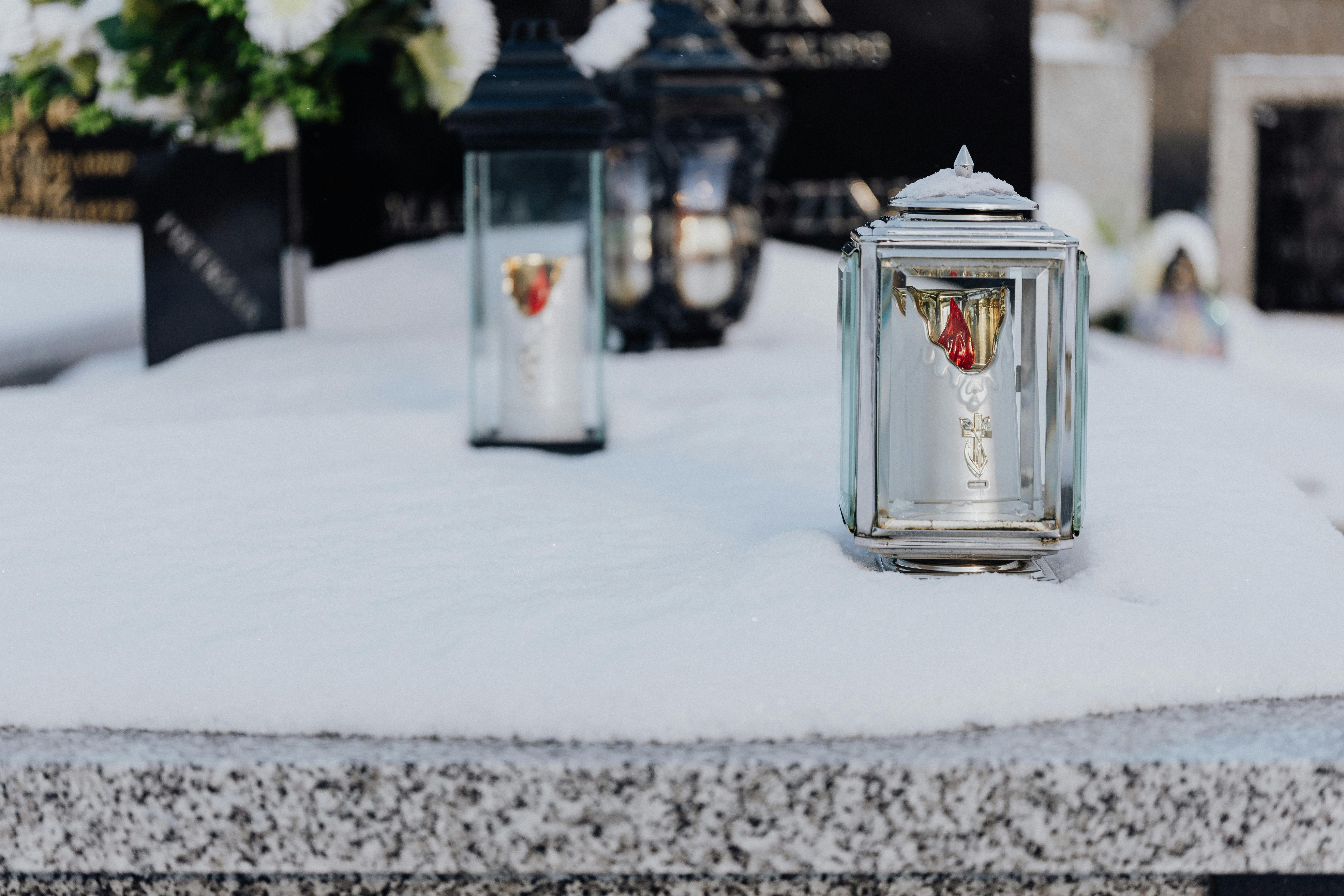
When someone dies, we’re left with words unsaid. It’s human to want one more message, one more chance to say “I love you” or “I’m proud of you”. Over time, people have created gentle ways to keep that connection alive.
Today, those ideas have evolved. From white postboxes at funerals to phone lines that let you leave a message for someone who’s died, we’re learning new ways to express love after loss.
The white postbox
It started as a child’s idea. A young girl wanted to send a letter to her late grandmother, so the crematorium that her mother worked at installed an white memorial postbox outside which became so popular that it was implemented at all its sites’ Garden of Remembrance.
Families can write letters to those they’ve lost and “post” them. It’s a small, private act that helps people feel connected. For children especially, it can make grief a little easier to understand. Writing a note helps them express what’s too hard to say aloud.
Some families place a postbox at a loved one’s funeral. Guests can write memories, thanks or goodbye messages and post them during the day. Later, those letters are kept as part of a memory box or read privately. It’s simple and heartfelt.
Phone lines for loved ones
In other places, people use public “wind phones”. These are unconnected telephones, often set up in gardens or parks, where visitors can pick up the receiver and speak to someone they miss. The first wind phone appeared in Japan after the 2011 tsunami. Since then, the idea has travelled around the world.
It’s not about hearing a reply. It’s about being able to say what still feels unfinished.
Digital memories
Technology offers its own ways to keep connections. Some people record video messages before they die, often for key moments in the future — a birthday, a wedding, a graduation. Others write letters or short notes to be shared at certain times.
Digital memorial pages also give families a shared space. They can post photos, stories or updates, creating an ongoing tribute. Many funeral directors offer this as part of their service, or you can set one up yourself online.
If you’re planning ahead, you can leave instructions for what you’d like to be shared and when.
Memory boxes and keepsakes
Not every message needs to be written or recorded. A memory box filled with personal notes, small items or photos can mean as much as any letter. Some people write “open when” envelopes: for when someone misses you, when they feel lost, or when they want to remember something funny.
If you’re arranging a funeral for someone else, you can invite guests to contribute to a box or book of memories. Later, it becomes something tangible to hold onto.
Social Media
Many people now use social media to keep a loved one’s memory alive. Facebook lets you turn a profile into a memorial page where friends and family can share photos, stories and messages. It becomes a place to visit, especially on anniversaries or birthdays. Others choose to close accounts but download memories first, or set up private groups where people can talk freely about the person they miss. However it’s done, these spaces offer a gentle way to keep connections going and share memories that might otherwise fade.
The first step is deciding what you want
These gestures mean more when they’re planned thoughtfully. Deciding how you’d like people to remember you or how others can remember a loved one can ease their grief and make your funeral feel true to who you are.
You might want people to write letters. You might prefer they share messages with one another instead. You might want a digital page where they can add memories over time. The best way to make sure it happens is to record those wishes clearly.
That’s what The Farewell Guide is for. You can use it to record your own funeral wishes including the tone, music, readings and any personal touches like a special place to remember you. It keeps everything in one place, so your family knows exactly what you wanted when the time comes.
And if you’re arranging a funeral for someone you love, The Farewell Guide can help you find a funeral director who understands how important these small details are. You can search by area, compare services and read profiles before making contact. It saves time and helps you find someone who’ll respect your ideas.
Connection doesn’t end
Funerals mark an ending, but the love that led there doesn’t stop. The idea of sending messages beyond the grave isn’t about holding on too tightly, it’s about recognising that love and grief share the same space.
Whether it’s through a handwritten letter, a quiet phone call, or a memory shared online, these gestures help people feel less alone. They remind us that even when someone’s gone, the bond remains.
Planning how you’d like to be remembered, or how others might connect with you after you’ve gone, isn’t morbid. It’s caring. It helps your family know what to do, and it gives them something beautiful to hold onto when words are hard to find.
The Farewell Guide makes that planning simple. Record your wishes. Find the right people to carry them out. Leave your loved ones not just instructions, but comfort.
Because messages that last aren’t about technology or tradition. They’re about love that continues quietly, honestly and forever.
Further reading
The Day of the Dead: Celebrating Life and Remembering Loved Ones
Ancient Traditions of Remembering Loved Ones at Halloween
The Future of Farewells: How AI could transform funeral services